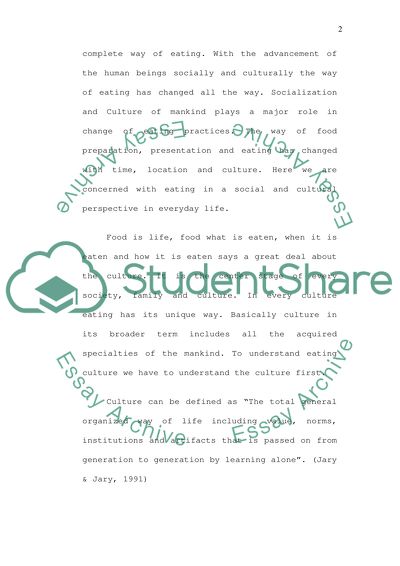Cite this document
(“Eating in Sociological Perspective and Culture in Every Day Life Essay”, n.d.)
Retrieved from https://studentshare.org/miscellaneous/1504388-eating-in-sociological-perspective-and-culture-in-every-day-life
Retrieved from https://studentshare.org/miscellaneous/1504388-eating-in-sociological-perspective-and-culture-in-every-day-life
(Eating in Sociological Perspective and Culture in Every Day Life Essay)
https://studentshare.org/miscellaneous/1504388-eating-in-sociological-perspective-and-culture-in-every-day-life.
https://studentshare.org/miscellaneous/1504388-eating-in-sociological-perspective-and-culture-in-every-day-life.
“Eating in Sociological Perspective and Culture in Every Day Life Essay”, n.d. https://studentshare.org/miscellaneous/1504388-eating-in-sociological-perspective-and-culture-in-every-day-life.


